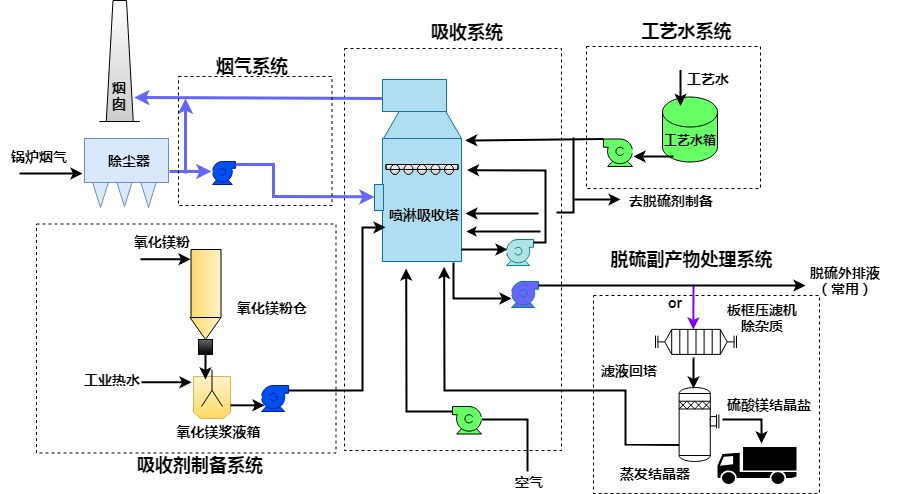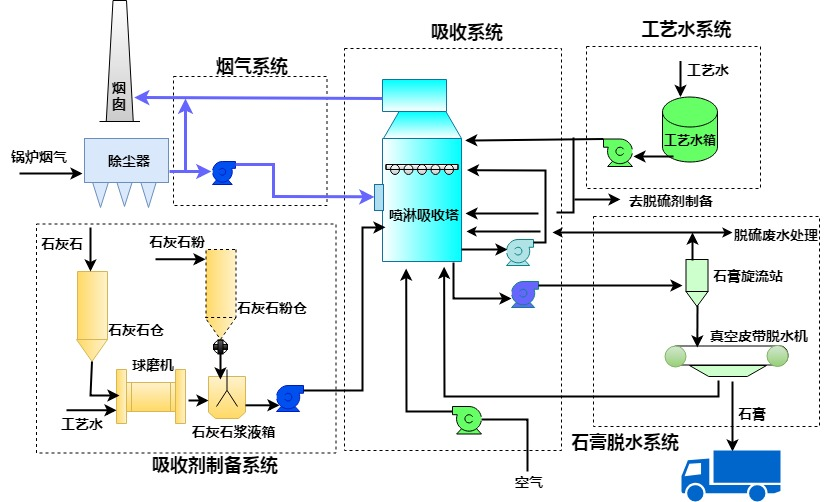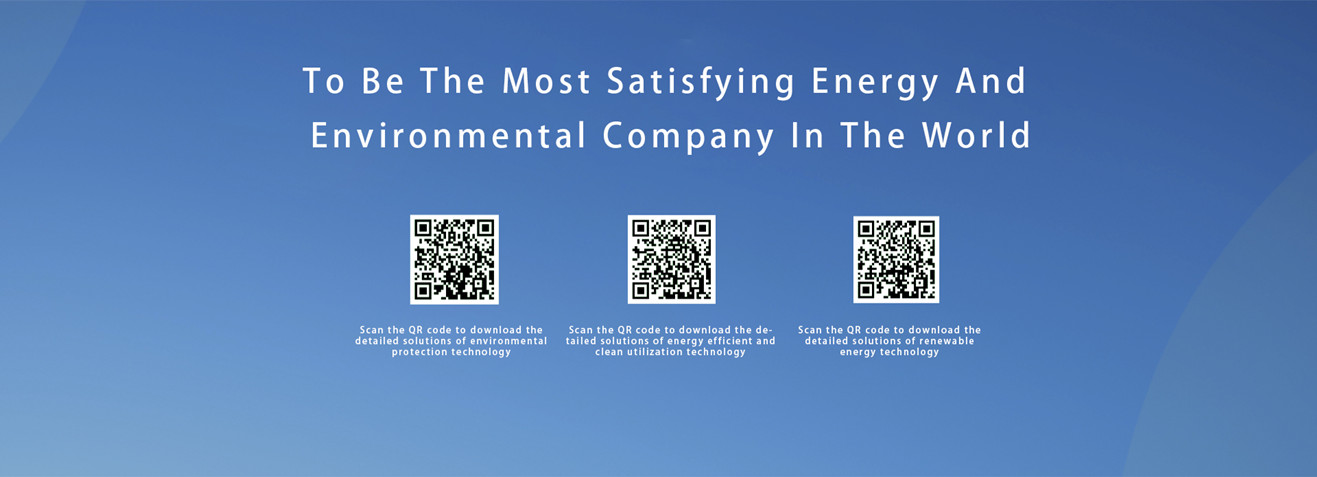- Company Profile Chairman's Speech R & D Team Honor Development History
-
 To be the most satisfactory energy and environment company in the world
To be the most satisfactory energy and environment company in the world
- Environmental Protection Clean Energy Renewable Energy
- Company News Video Dynamics
- Impression Party Group Building
- Contact Us













